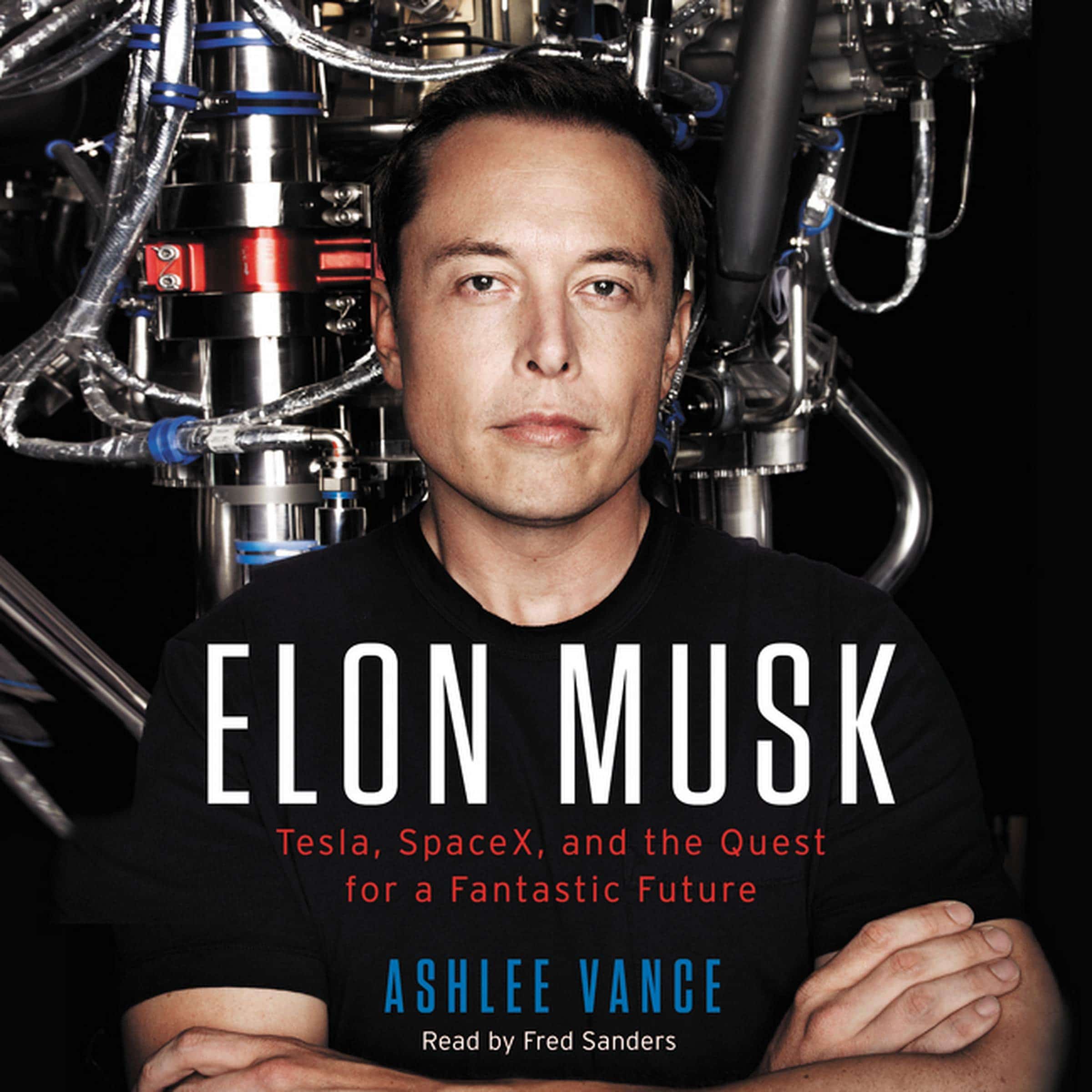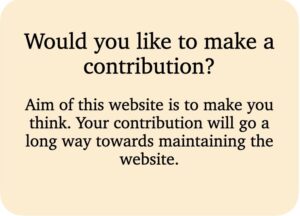Biographies can vary in their nature, depending on the subject. It would not be an understatement to say that Elon Musk : Tesla, SpaceX, and the Quest for a Fantastic Future by Ashlee Vance is not just engrossing but also highly inspirational. As the title suggests, the book narrates how Elon Musk willed into existence Tesla, SpaceX, and SolarCity – three companies in areas that had been stagnant for so long that no one gave them a second thought. They did not appear in any lists for possible startups. This herculean feat seems even more astonishing when you realise that Musk could have taken the easy path. His earlier ventures Zip2 and PayPal were internet based companies; he could have started a few more. The fact that he took on these challenges reveals some common themes. First, Musk never gives up and has a very, very high tolerance to remain creative and productive under immense pressure. Secondly, his projects fit like a jigsaw puzzle into the bigger picture which is making space travel easily accessible and putting humans on Mars. The scope of things that Musk has accomplished is bound to make anyone feel unproductive. Craig Venter, who decoded the human genome says, “Elon is one of the few people that I feel is more accomplished than I am.”
Take the case of Tesla, for instance. The concept of electric car was already out there but no one thought it was feasible to make a fully electric car. Tesla not only did it successfully, it also upended the way traditional auto industry works. Tesla does not advertise and they have no dealerships. Traditional cars and hybrids are full of moving parts, from oil filters to crankshafts and fans. Tesla Model S has about dozen moving parts. It has two trunks, one in the back and another one in front in place of the engine. There are no usual “going back for tune ups” trips. Improvements as well as solutions to any glitches are done automatically through software updates. Tesla adds improvements with time. The charging is free at any of the charging stations that run on solar power. I am not a car person but even so I am blown away by these features. I can only imagine what the experience must be for a seasoned car owner. Tesla also has best safety ratings and has saved lives of many passengers.
These are just the improvements that you experience as a car user. Tesla has also fundamentally changed the way cars were made in US. Traditional approach involves importing spare parts from third parties and assembling them. Tesla makes most of what is needed, including lithium-ion batteries at the Gigafactory in Nevada which is the highest-volume battery plant in the world. This near total independence allows the scientists and engineers to experiment in ways that would be considered shocking in a typical Ford or GM factory. While describing this in detail, Vance gives an interesting example of a testing procedure that required that the Roadsters go into a special cooling chamber to check how they would respond to frigid temperatures. Tesla engineers opted not to pay the exorbitant costs to use these chambers. Instead, they rented an ice cream delivery truck with a large refrigerated trailer. This is in line with the culture of Silicon Valley where things are improvised and tested on the fly and works well for apps and websites. No one thought this could be done for an electric car company.
As the auto industry was reeling from the way Tesla caused these paradigm shifts, Musk had another surprise up his sleeve. In 2014, he announced in a blog post that all Tesla patents were public domain. The logic was simple. Tesla alone cannot meet the world demand for electric cars so it encourages other companies to make electric cars and together they all can make the traditional cars go extinct. This clearly shows what Musk’s goals are in the long term. He does not just want to sell electric cars himself, he wants everyone who is capable of doing it so that by working together our dependence on petroleum products can be minimised.
Much has been written about how Elon Musk provided the inspiration behind the character of Tony Stark in the Iron Man series and Vance describes it in some detail. When Robert Downy Jr. visited the SpaceX headquarters and received a personal tour from Musk, his reaction was, “My mind is not easily blown, but this place and this guy were amazing.”
Musk been interested in rockets since childhood. He used play with homemade rockets and explosives. Later on, at a party to celebrate the success of PayPal, Musk was seen reading an obscure Soviet rocket manual that looked moldy. He was talking about space travel and changing the world.
Musk’s initial plan was to buy a rocket and use it to shoot robotic greenhouse on Mars. A video feed sent back to Earth would allow earthlings to watch the plant grow on Mars. Musk was planning to buy a refurbished Intercontinental Ballistic Missile (ICBM) from Russia. The response from Russia was not very encouraging. On one such return trip with ex-government employee Jim Cantrell and engineer/scientist Mike Griffin, the mood in the plane was somber. Cantrell and Griffin were having a drink while Musk was typing something on his laptop. Suddenly, he turned around and said, “Hey guys, I think we can built this rocket by ourselves.” (I think this would make a great movie scene.) Musk had calculated costs of all materials needed to build, assemble, and launch a rocket.
Up until that point, space industry was dominated by entities that had unlimited budget and little need or desire to change the status quo. These included with agencies like the European Space Agency (ESA) and companies like Boeing or Lockheed Martin. Vance makes a great analogy here, “They were making a Ferrari for every launch, when it was possible that a Honda Accord might do the trick.”
The initial journey of SpaceX was anything but smooth. The eBay deal of PayPal for $1.5 billion allowed Musk to invest $100 million in SpaceX as initial investment. The development and testing of twin engines Merlin and Kestrel, was an unending succession of experiments where Musk himself participated when he could find the time. Meanwhile, SpaceX continued hiring bright and talented people with various specialised skill sets. After three unsuccessful attempts, launch of Falcon 1 rocket went ahead as planned on September 28, 2008. On December 23, 2008, SpaceX received $1.6 billion contract from NASA for twelve flights to the International Space Station (ISS).
Looking at the journey of SpaceX, we again encounter the theme of upending existing, conventional methods. Companies like Boing rely on suppliers for various parts whereas SpaceX makes them from scratch. This allows for greater flexibility as well as huge reduction in costs. SpaceX reuses their rockets again and again which makes sense if you are thinking of space travel as a regular activity. We don’t discard aeroplanes after a single flight, why are we doing it for rockets? This is such a huge advantage that SpaceX has over its competitors and it does not seem likely that they will be able to catch up soon. The cutting down of costs fits well with the bigger goal of sending people to Mars.
Musk’s third company SolarCity receives comparatively less coverage but has been a huge success nonetheless. It succeeded when clean energy startups were failing left and right. With successful installation all across the United States, SolarCity also complements well with Tesla charging stations, providing them solar panels and receiving batteries for storage.
Musk was a voracious reader in his childhood who would get lost in bookshops and was sometimes known to finish two books in a day. I was reminded of Isaac Asimov who would walk home from library with a book under each arm while reading a third one. Musk is also gifted in taking in vast amounts of information and he is very good at visualising the physics behind various processes.
Vance suggests that Musk is the most likely candidate as an inheritor to Steve Jobs’s role as the dominant, guiding force in the technology industry. They share some remarkable qualities – a laser-like focus, relentless work ethic, and the ability to see far ahead in future, to name a few. Both men never hesitated to use bold ideas that were unconventional. By design, Jobs focused on personal computing and later on smartphones. Pixar was a great detour in his career but in his heart he always wanted to get back to Apple. Musk has a grand vision that ranges from getting rid of fossil fuel dependency to producing safe, efficient vehicles. These smaller goals fit well into the larger one which is interplanetary space travel.
He has two posters outside his office at SpaceX. One shows a cold, barren Mars as it is today, the other shows a green Mars surrounded by oceans. It is reminiscent of the Star Trek theme, “To boldly go where no man has gone before.”


